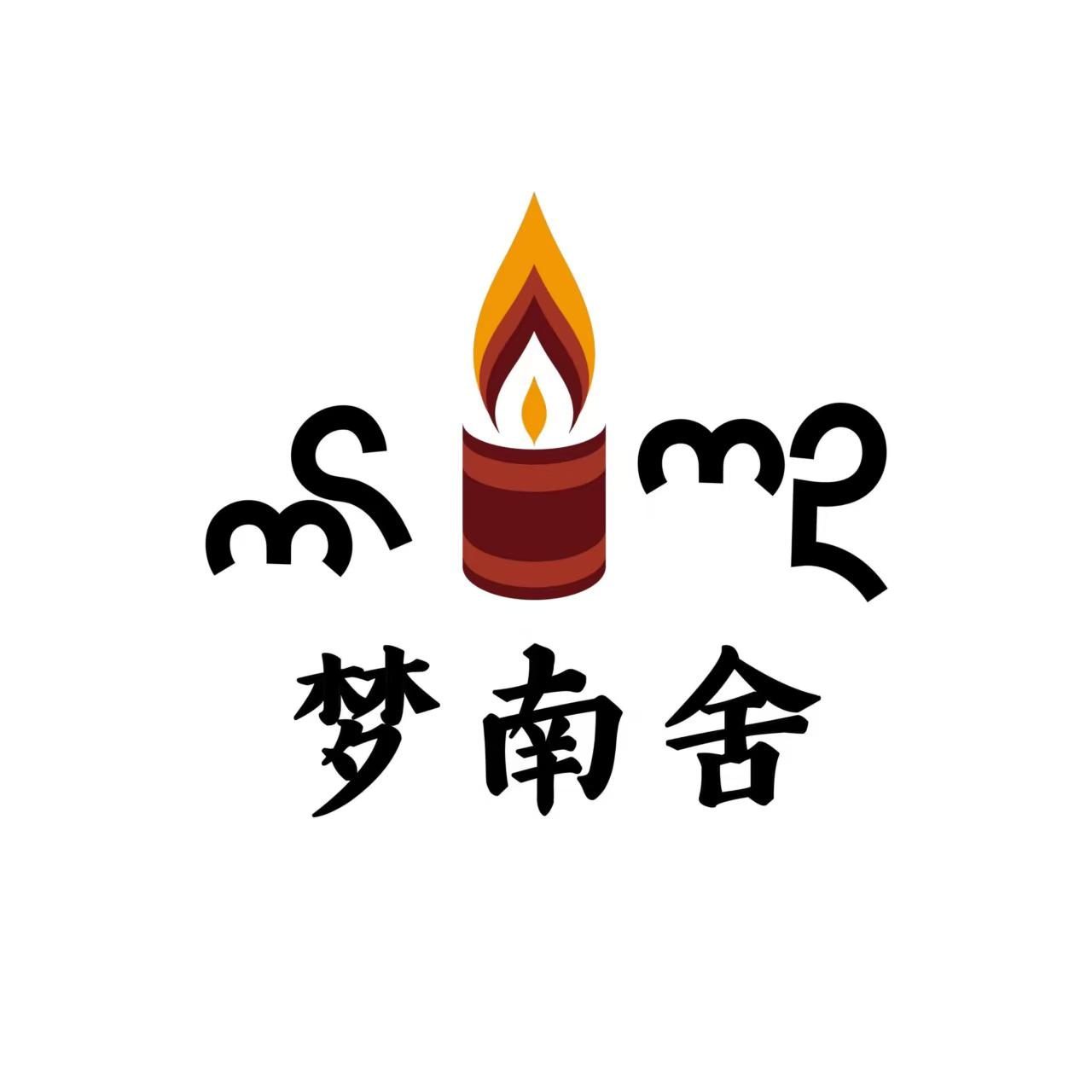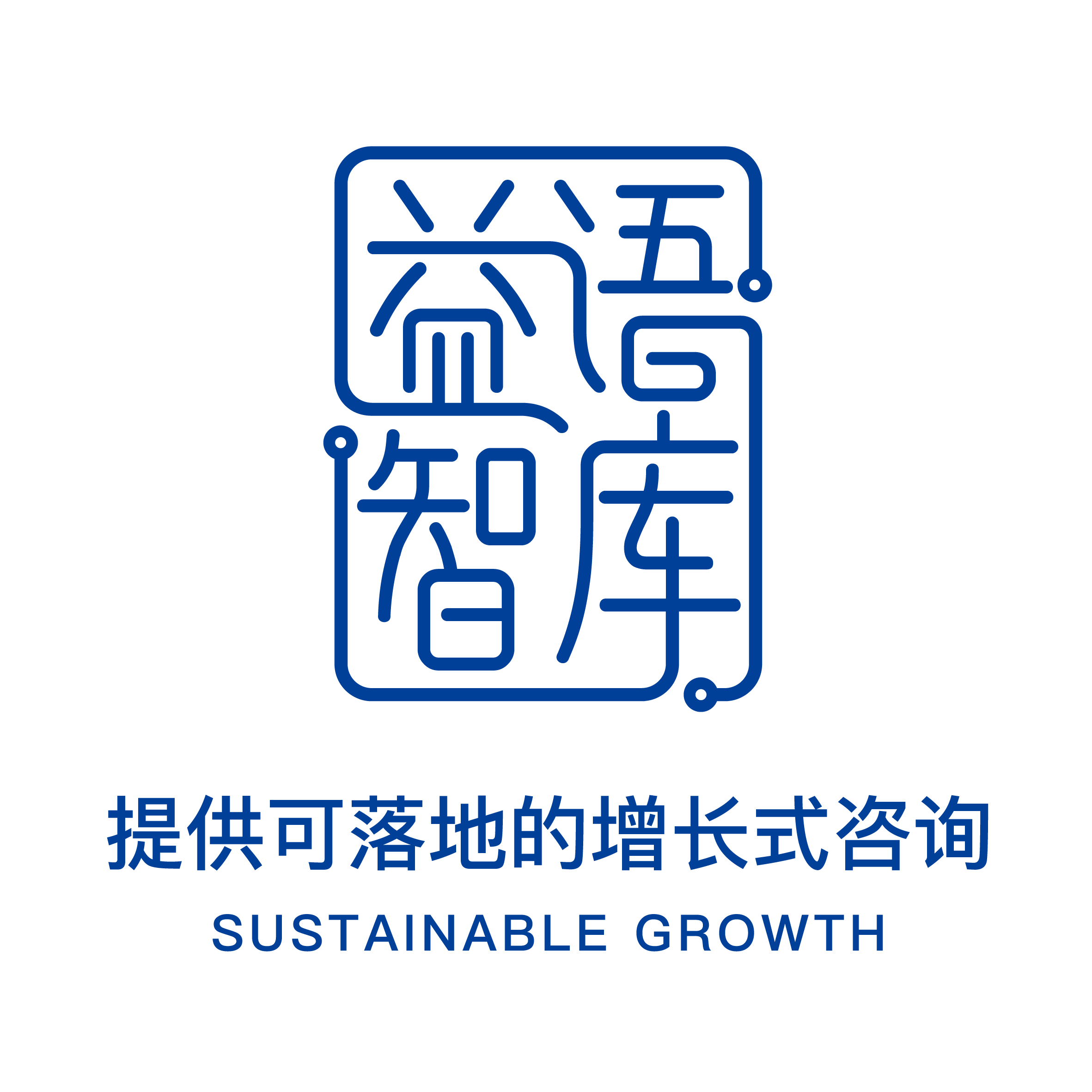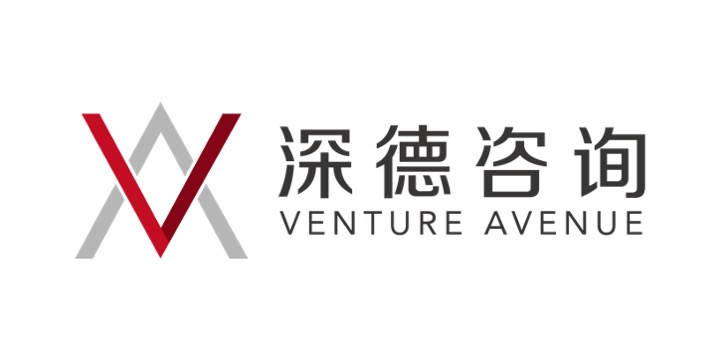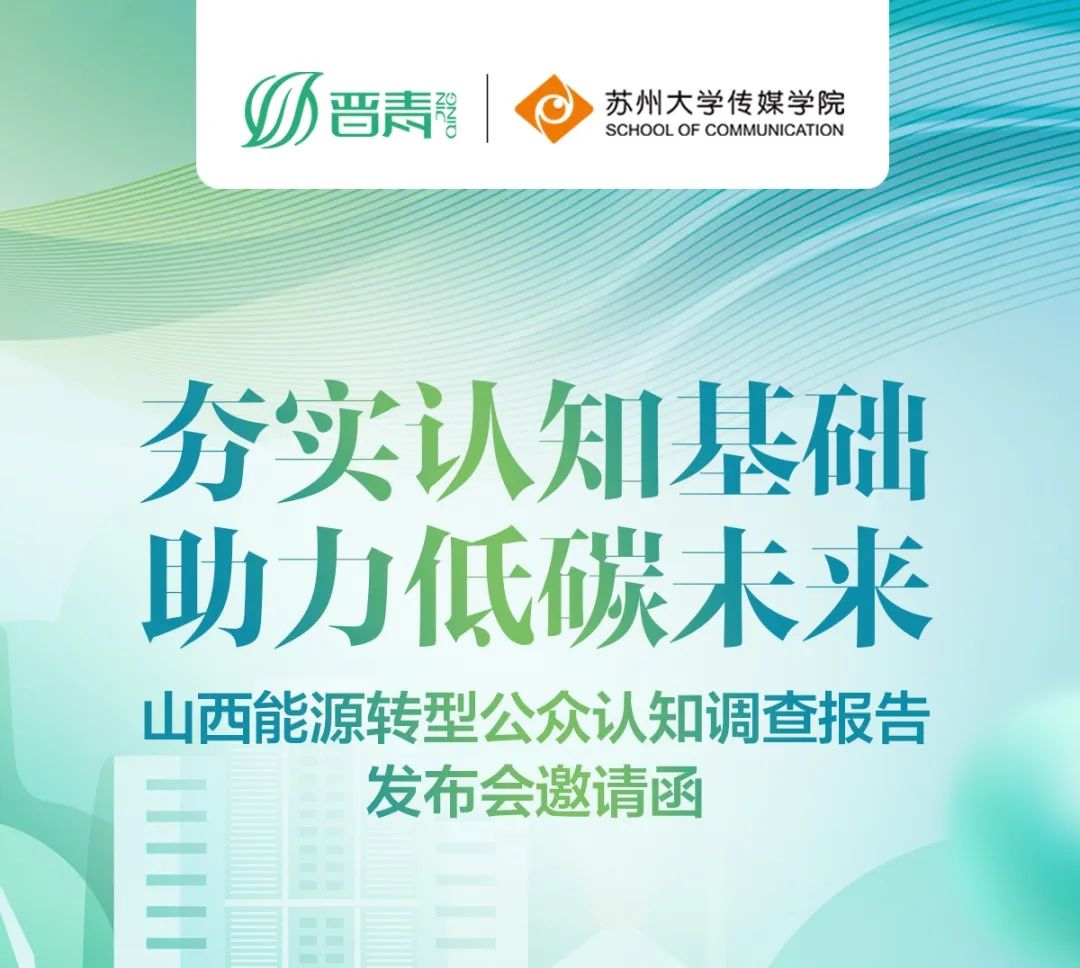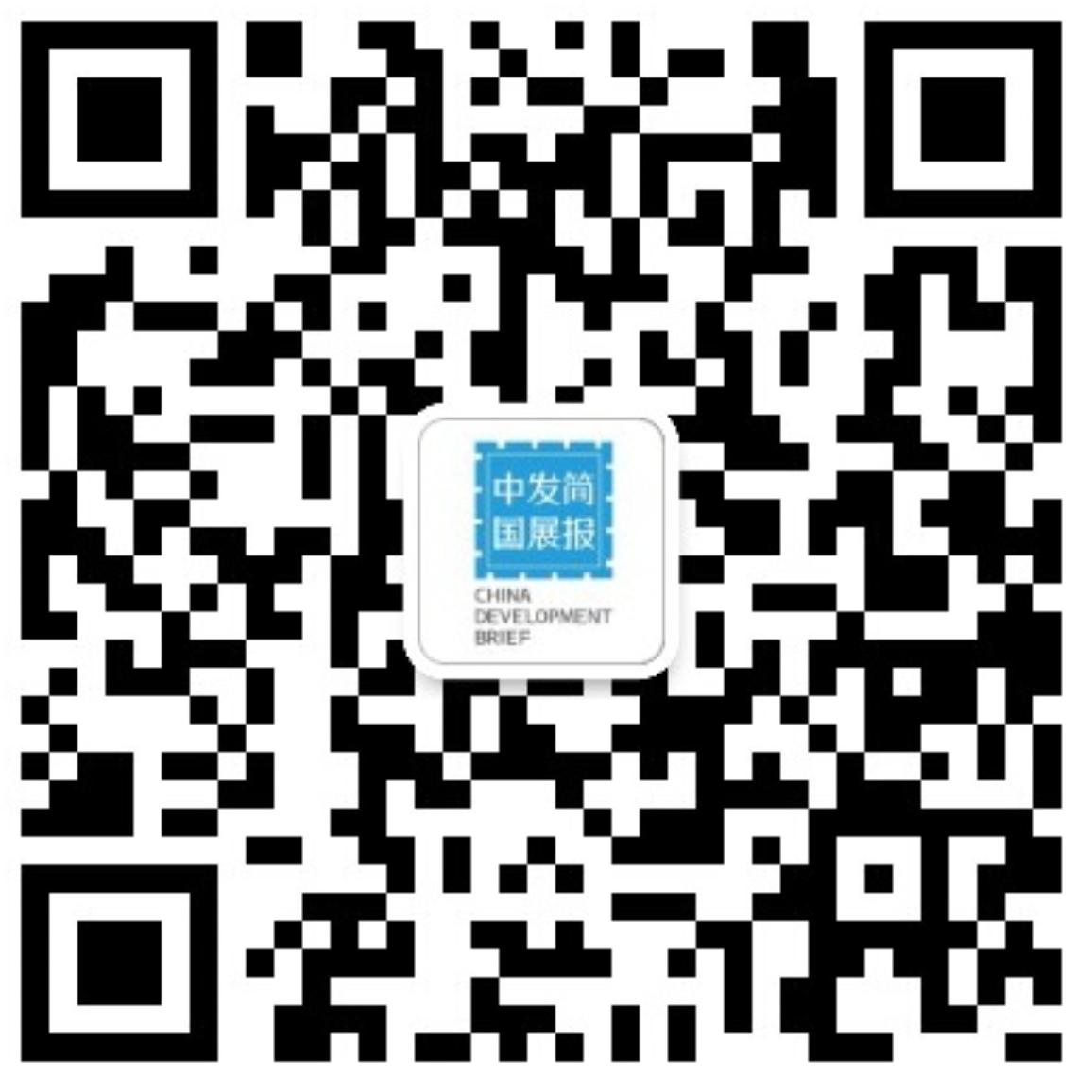 2016-02-06
2016-02-06
 349
349Strategic Review of the Healthcare Arena in the North Eastern Myanmar Border Areas towards Universal Health Coverage
January 2016
Background
Health Poverty Action (HPA) has been working in Myanmar eastern border areas since the mid-1980s with a special focus on Myanmar’s ceasefire areas along the China border from 1994 until present. After 20 years of work, HPA has extended its operations to nearly all the townships along the Myanmar border with China. These townships are either under the control of Non-State Armed Groups (NSAGs) or the Government of the Union of Myanmar (GoUM) with vast mixed controlled areas in the middle.
The low community awareness and the authorities’ weak capacity to manage resources for health deter the uptake of existing services, and years of conflict have destroyed social structures and caused severe chronic poverty in the region. The education level of local residents is also low, and HPA’s survey in 2010 among this target population indicated that almost half of the women surveyed are illiterate. Low education restricts their access to health information – which in turn limits their knowledge of key health messages, negatively impacts on their behaviour and practices around health, and impedes their utilization of health services.
These communities also lack a voice. They are disconnected from any decision-making processes that affect them, and such decisions are usually taken on military / security grounds. They lack the necessary skills, access and capacity to contribute to peace and conflict resolution processes. This results in peace processes at national and State levels that are neither understood by community members, nor inclusive of their views. Accountability processes are weak in the best of the cases. The basic needs and demands from different ethnic and vulnerable groups such as women and children are not heard in decision making spheres resulting in inadequate, ineffective strategies with poor results. The needs of children and women are often neglected due to the lack of resources and awareness.
Whilst globally, the principle of Universal Health Coverage (UHC) – providing people with access to the quality health services they need without incurring financial hardship – is well established, and is included as a target in the new Sustainable Development Goals (SDGs), the current challenges in Burma means the country is currently a long way from reaching SDG target 3.8 of UHC for all. Long term, strategic work to build capacity of equitable health systems is vital in making progress towards improved health care and peacebuilding. Following the principle of the SDGs to “leave no one behind”, this must include special attention to vulnerable populations such as those in the ceasefire areas, if these groups are not to remain excluded from access to affordable, quality healthcare.
The Healthcare Arena
Conflict, displacement, and remoteness lead to a precarious, scattered health coverage that has been worsened by economic and cultural barriers in a region where more than 820,000 people from over 30 ethnic minority groups reside. Different providers co-exist with limited resources in this challenging arena, including: Ethnic Health Authorities that were formed in the areas controlled by the NSAGs; the Ministry of Health; NGOs and private outlets. In addition, the relative proximity of China and its health system, combined with the shared ethnicity of the communities on either side of the border complicate even further the population’s health service provider options.
Although Ethnic Health Authorities (EHA) and MoH have set up health systems in the border areas, the healthcare provision is still generally fragile and inefficient. Furthermore, numerous linguistic, cultural, geographic and economic barriers to access health services limits the utilization of such existing services. In NSAG controlled areas there are health facilities established by both EHAs and MoH, and this is sometimes seen as two parallel systems. However, in remote areas these facilities are hardly operating at all. Also, most local health workers cannot be integrated into the MoH facilities as their education is not recognised by MoH and they do not speak Burmese. This results in almost all MoH workers in the border areas being from outside the community they serve.
By contrast, private outlets, mainly clinics and pharmacies, are flourishing and have a growing share of the health marketplace. However, these outlets are not regulated and the quality of service provided is questionable in the best of the cases. They are generally managed by so-called private doctors from China that charge high fees to the communities.
On the other hand, community-based health service providers such as local doctors and traditional birth attendants are from the communities and ethnic groups that they serve and are active in their communities. These represent a valuable opportunity in terms of demand creation and community mobilization as they hold the trust of their communities, speak the local language(s) and have a wealth of local knowledge. Their role should not be undermined when designing health system strategies.
After a long period of relative stability in the region, recurrent conflict resumed in different areas across the Myanmar/China border from 2009, currently occurring in Kachin and Kokang. However, the recent political transition in Myanmar provides new prospects of longer term planning and strategic partnerships towards stronger health systems and ultimately seeking Universal Health Coverage.
Purpose of the Review
As part of our work towards strengthening the health systems, in 2012, HPA started a strategy of harmonization of the different Ethnic Health Systems and that of the MoH by carrying out a range of activities such as standardizing drug lists, protocols, data collection forms, various training curricula, immunization schedules, and other activities. This has facilitated a new level of cooperation between EHA and MoH which has resulted in many positive outcomes, including series of successful immunization campaigns and trainings of health workers. It has developed a fluent interaction between MoH at State level and the EHA, and consequently a much better understanding for both parties. In 2015, with the 3MDG funded project, HPA took this collaboration to a new level in Wa and SR4, resulting in enhanced cooperation and collaboration between both systems that is paying health dividends of improved immunization coverage, inter-facility referral systems and broadening the basket of health services available to the communities.
Given the importance of a longer term systems approach in line with the Universal Health Coverage agenda; HPA is now seeking to identify different strategic options to further strengthen the harmonized health systems in the border areas of North Eastern Myanmar, and to increase health coverage and utilization of services. These strategic options should recognize that the different political, security and social circumstances of the different northeastern border areas demand diverse strategies and situation-specific partnerships between key stakeholders. To this end, a detailed analysis and indepth understanding of the different health systems, the perceived benefits of each of them by those backing them, and potential areas of match and mismatch between them will be a prerequisite in this review. Different strategies that build systems resilience should be considered involving conflict-sensitive approaches acceptable to both the MoH and EHA and appropriate to the current state of the peacebuilding process. These strategies should recognize different stages of interaction in the health system from a stakeholder point of view: harmonization, collaborative and integration approaches; as well as to propose solutions that balance the immediate needs and bottlenecks with long term goals, providing transitional strategies alongside longer term ones. This analysis should be approached from a system thinking perspective to broaden the stakeholders’ understanding of the interrelation of the health system components under stress in such low-resource settings.
The scope of the assignment
A technical situational analysis that evaluates the local healthcare arena, its service providers and their performance in each ethnic, government controlled, or mixed controlled area is required to assess the feasibility of potential approaches. Such analysis should identify the appropriateness, efficiency and effectiveness of existing health systems in ethnic, mixed and government controlled contexts. The consultant will undertake this strategic review with reference to the six internationally accepted core Health Systems Strengthening (HSS) functions: 1) Human resources for health (HRH); 2) Health financing; 3) Health governance; 4) Health information; 5) Medical products, vaccines, and technologies; and 6) Health service delivery. It should also take into account the principles of UHC i.e. for all people to receive quality health services that meet their needs without exposing them to financial hardship in paying for them, and the SDG principle to ‘leave no one behind’ which necessitates a particular focus on marginalized groups due to factors including gender and ethnicity.
Based on this analysis, the consultant will furthermore present options and recommendations that should maximize harmonization, collaboration and integration to the extent that it is safe and beneficial do so in line with the principles of UHC. They will likely be differentiated for different contexts with divisions that might include emergent (immediate needs), transitional, and long-term approaches.
The consultant will:
Audit the health system and its performance in each ethnic controlled, government controlled, or mixed controlled area. Including community based health resources and local accountability structures.
Identify the efficiency and effectiveness of existing health systems to provide health services, especially toward the poor or remote communities.
Take stock of recent progress made towards harmonization of the different systems from the point of view of different stakeholders, and identify lessons that might be useful when making recommendations on the way forward.
Develop separate plans and strategies (with options and recommendations, identifying the relative advantages/disadvantages of each) to strengthen the health systems in the different areas based on their specific contexts.
Prepare presentations and disseminate the findings and next steps.
Methodology of the Review
The review will make use of various methods including (but not limited to):
1) a desk review of border areas documents and records – including policies and guidelines as well as drawing on international best practices from other areas with similar contexts.
2) field visits for observation of health facilities and services
3) interviews with key informants including NGOs, health officials, policy makers , donors, ethnic authority/government officials, local clinic managers/staff, TBAs/CHWs, private outlets, etc.
4) focus group discussion with health service users and community members.
The use of appropriate participatory approaches such as health service community mapping is essential. The work must be conducted in a conflict sensitive way with full involvement of women and other vulnerable groups.
HPA staff members will participate in the review, and interpreters (where required) will be provided by HPA. Background information will be provided through coordination with local level government representatives.
HPA will form a team of experts that will review the progress on the report and provide comments and inputs at different stages.
Timing
The review will be carried out during April-June 2016.
A detailed inception report with workplan and set of tools will be submitted to HPA for feedback after the literature review and a briefing with an HPA staff member.
The draft report will be submitted to HPA no later than 20 days after the field visits.
The detailed itinerary will be finalised after the discussion between the consultant, Myanmar field office staff and HPA’s East Asia office in Kunming.
All collected data will be integrated and analysed by the consultant.
The draft report will be circulated among all key stakeholders involved and their feedback will be used to correct factual errors and address requests for clarification. The reviewers will then prepare the second draft of the report. Further work may be needed from the consultant if and remaining errors or clarification requests have not been fully addressed.
Products
A report with at least 6 tailored approaches – one for each of the special regions under review – based on the overall strategy and local context.
Each of these 6 tailored approaches should identify the:
range of strategic options available;
advantages and disadvantages of each;
the option(s) recommended as the best approach, with reasons.
For each approach, the report should include discussion of the core Health Systems Strengthening (HSS) functions, and signpost more specific plans for HSS under the different strategies that would need to be developed consequently.
The use of maps and diagrams is highly encouraged.
The products may include case studies.
HPA plans to organize a sharing meeting among the stakeholders when the products are available. The consultant will be expected to present the findings and recommendations. .
Logistics Arrangements
HPA East Asia Programme Office will have discussions with the selected consultant to develop the itinerary.
Please note that visitors must be in compliance with Health Poverty Action’s Programme Participant Protection Policy.
Submission of Expressions of Interest
Interested candidates should write an expression of interest of no more than 30 pages briefly outlining your methodology for conducting this review, and with the CV of up to 2 team leaders maximum.
Please send the above to:
by February 20th.
Shortlisted candidates will then be invited to submit proposals February 25th that discuss the following:
Technical
- Understanding and interpretation of the TOR
- Design of the review with clear Methodology to be used in undertaking the review
- Tools which will be used
-Time and activity schedule
Financial
- Consultant’s daily rate in US dollar or Chinese Yuan
- Activity costs
- Other costs e.g. communication, accommodation, travel, and printing where necessary.
Capacity Statement
- Relevant experience related to the assignment
- Contacts of organizations previously worked for
- Curriculum vitae detailing relevant experience for the assignment in question
Availability dates
- Exact dates when you can commence work should your bid be successful
Evaluation and award of consultancy
Health Poverty Action will evaluate the proposals and award the assignment based on technical and financial feasibility including availability dates. Health Poverty Action reserves the right to accept or reject any proposal received without giving reasons and is not bound to accept the lowest or the highest bidder.
 表情
表情
 最热
最热


















